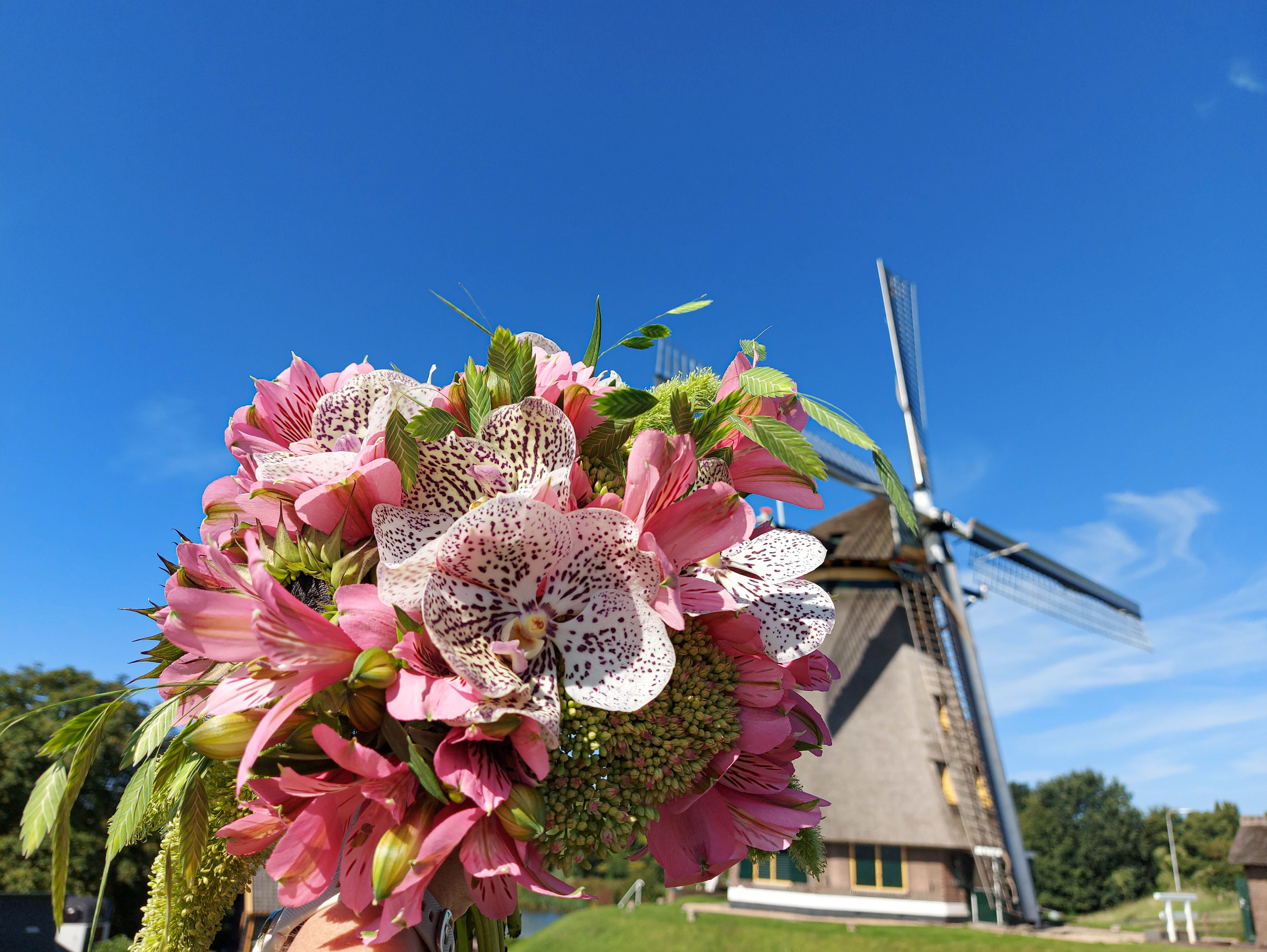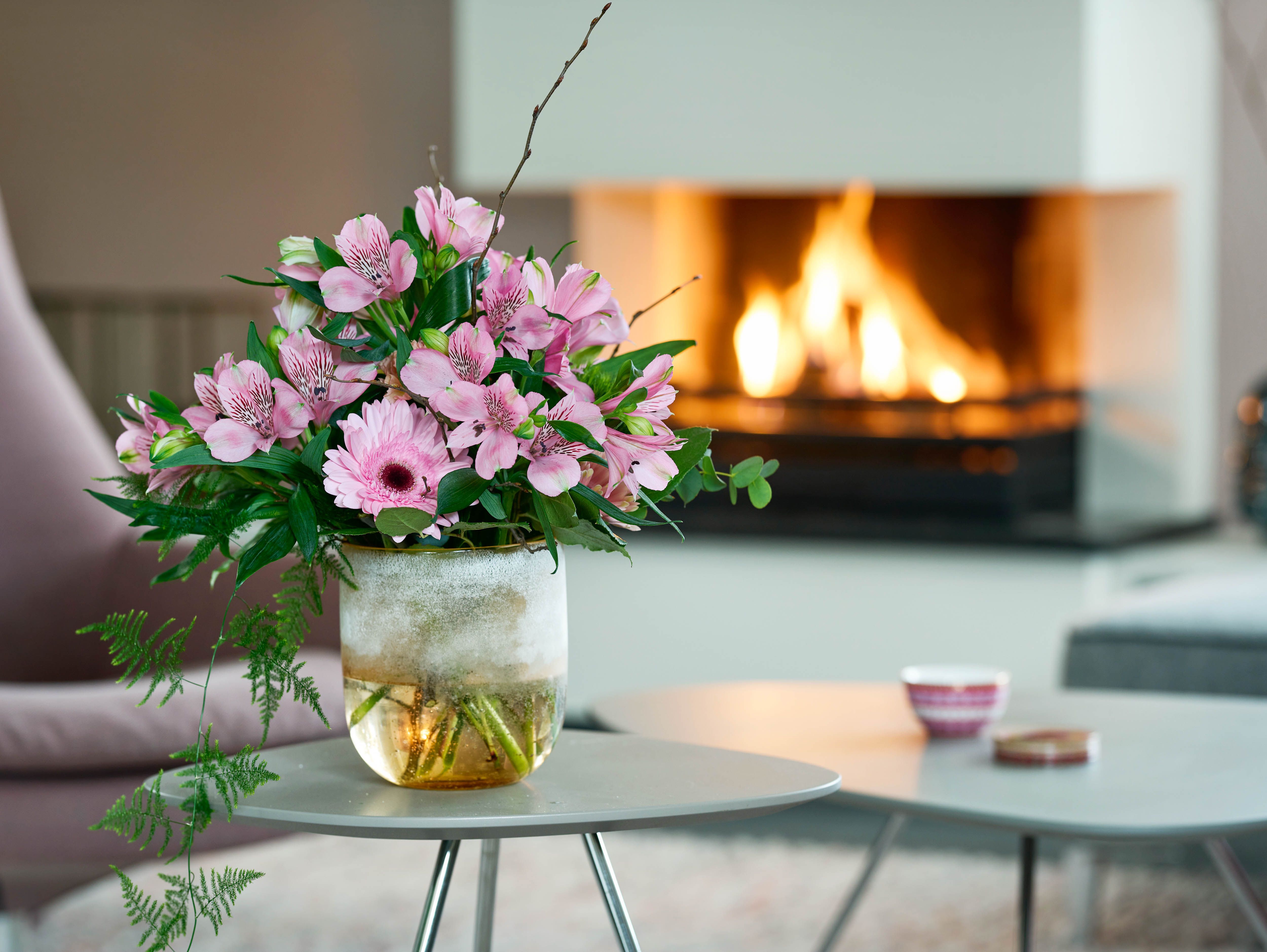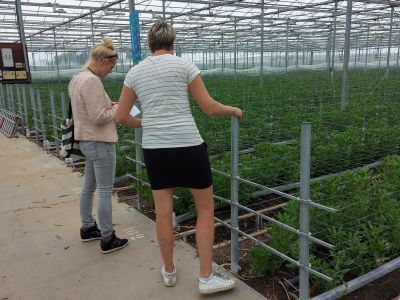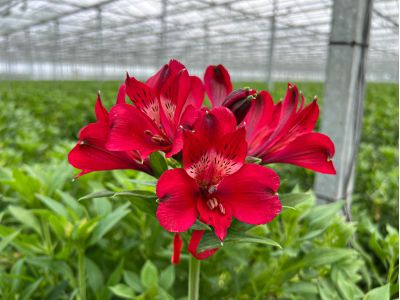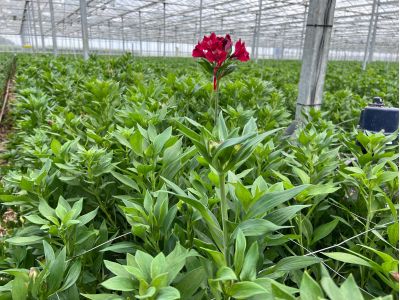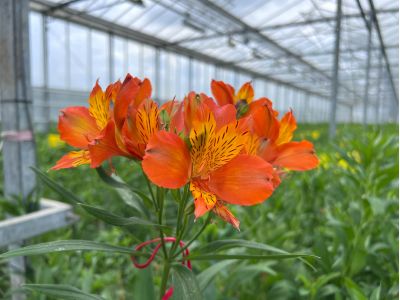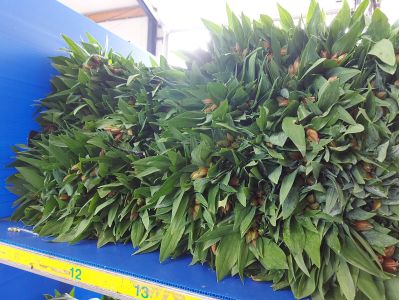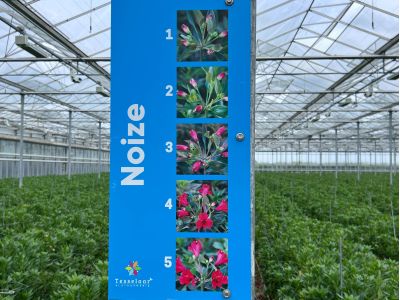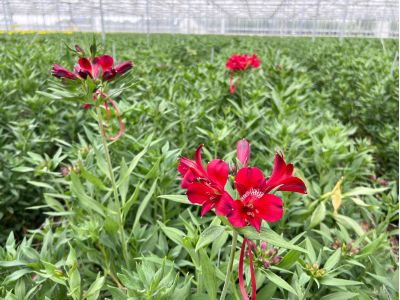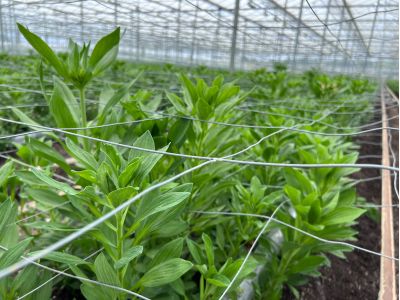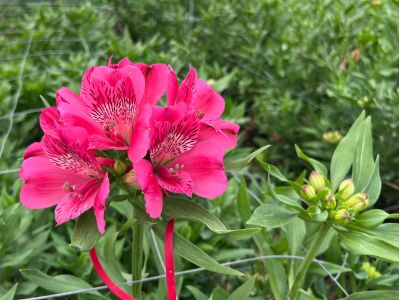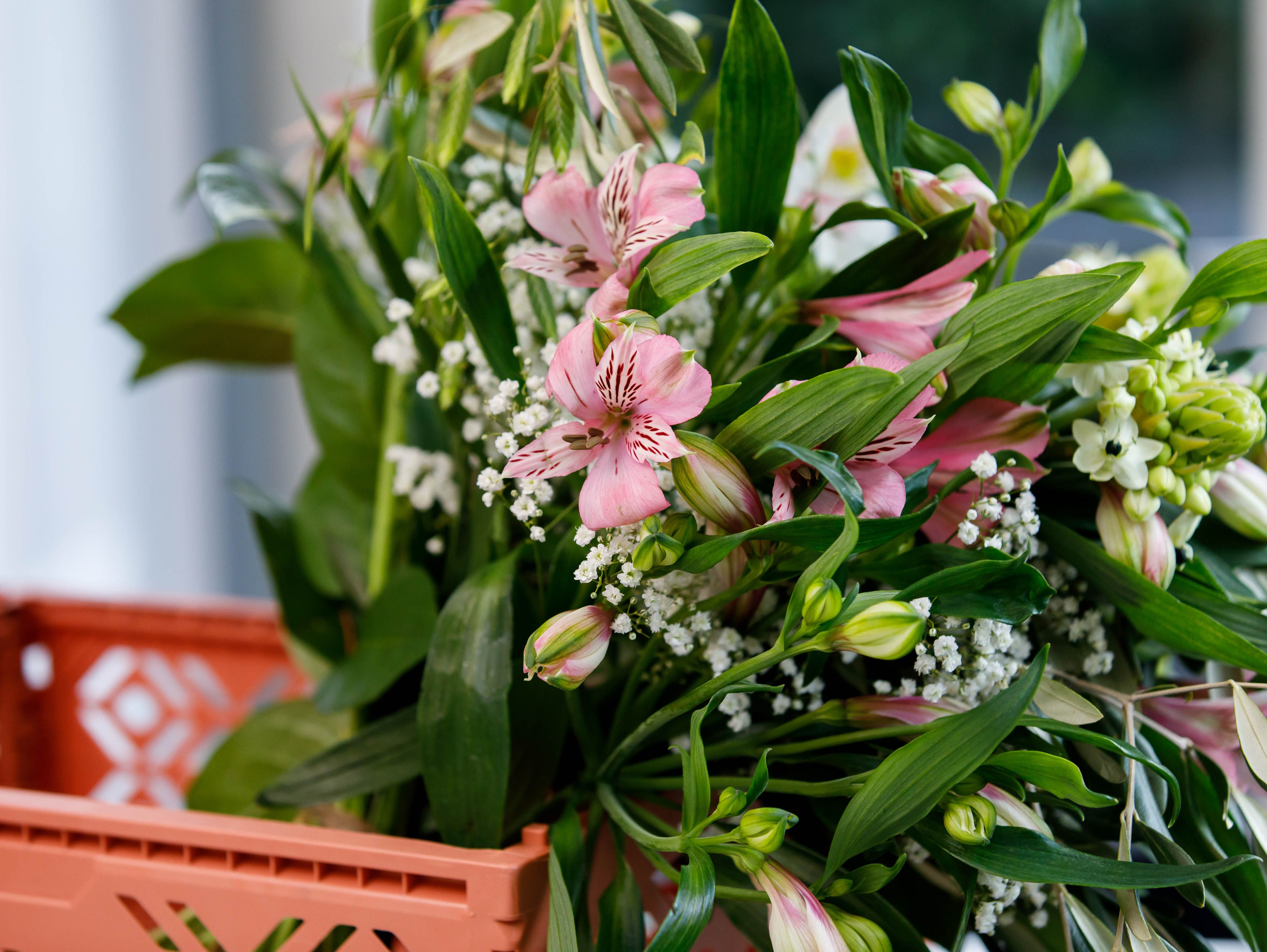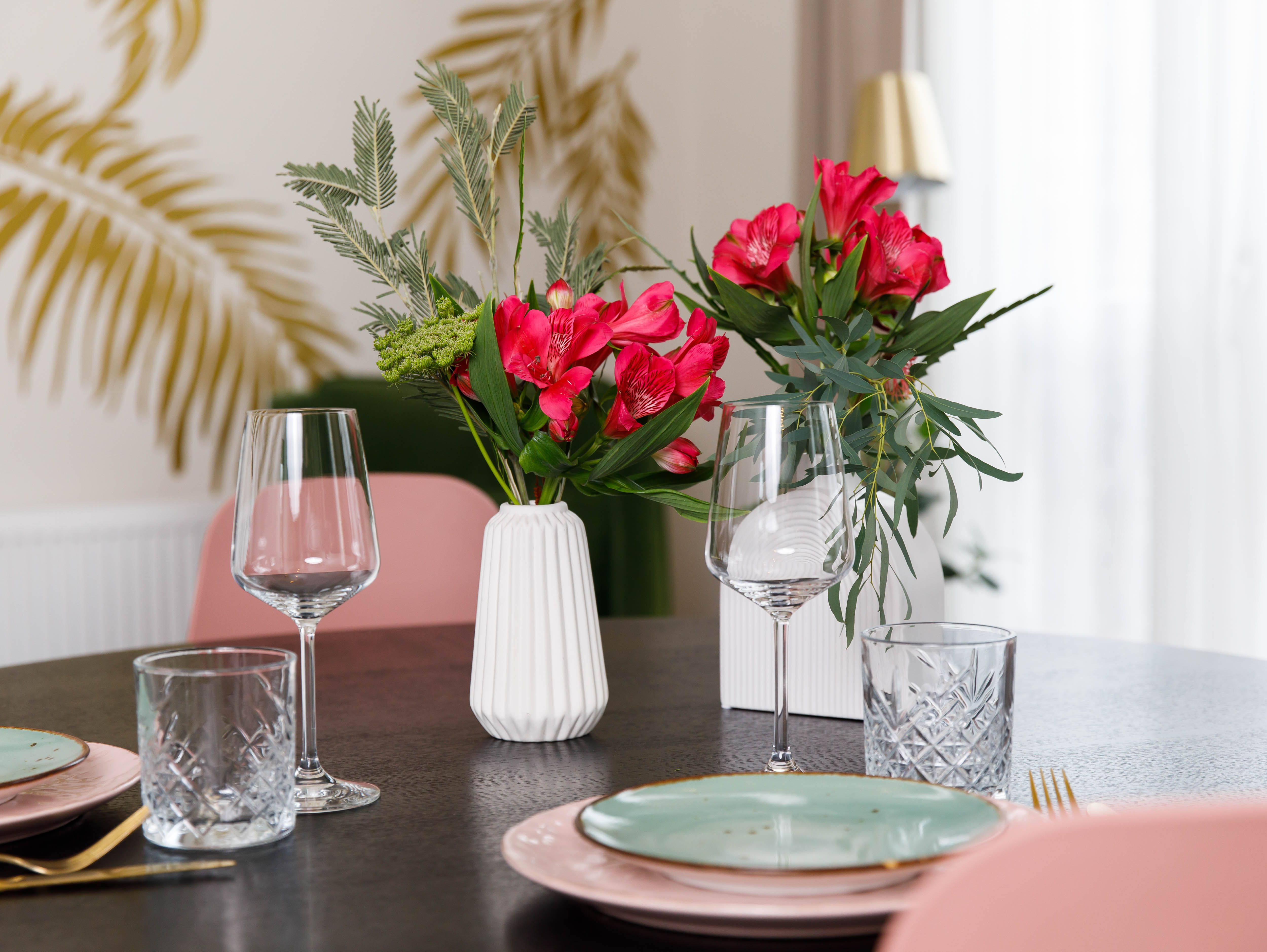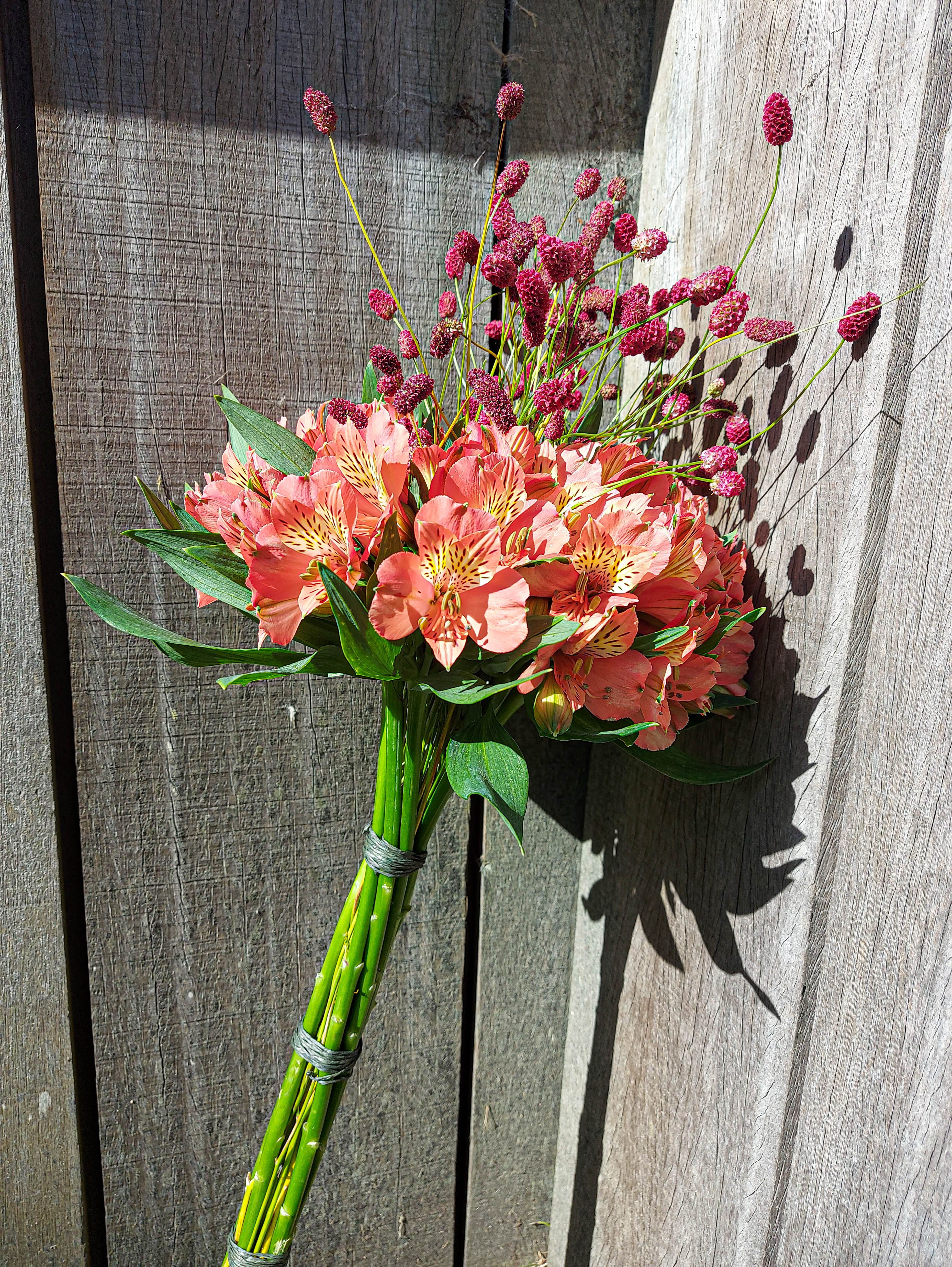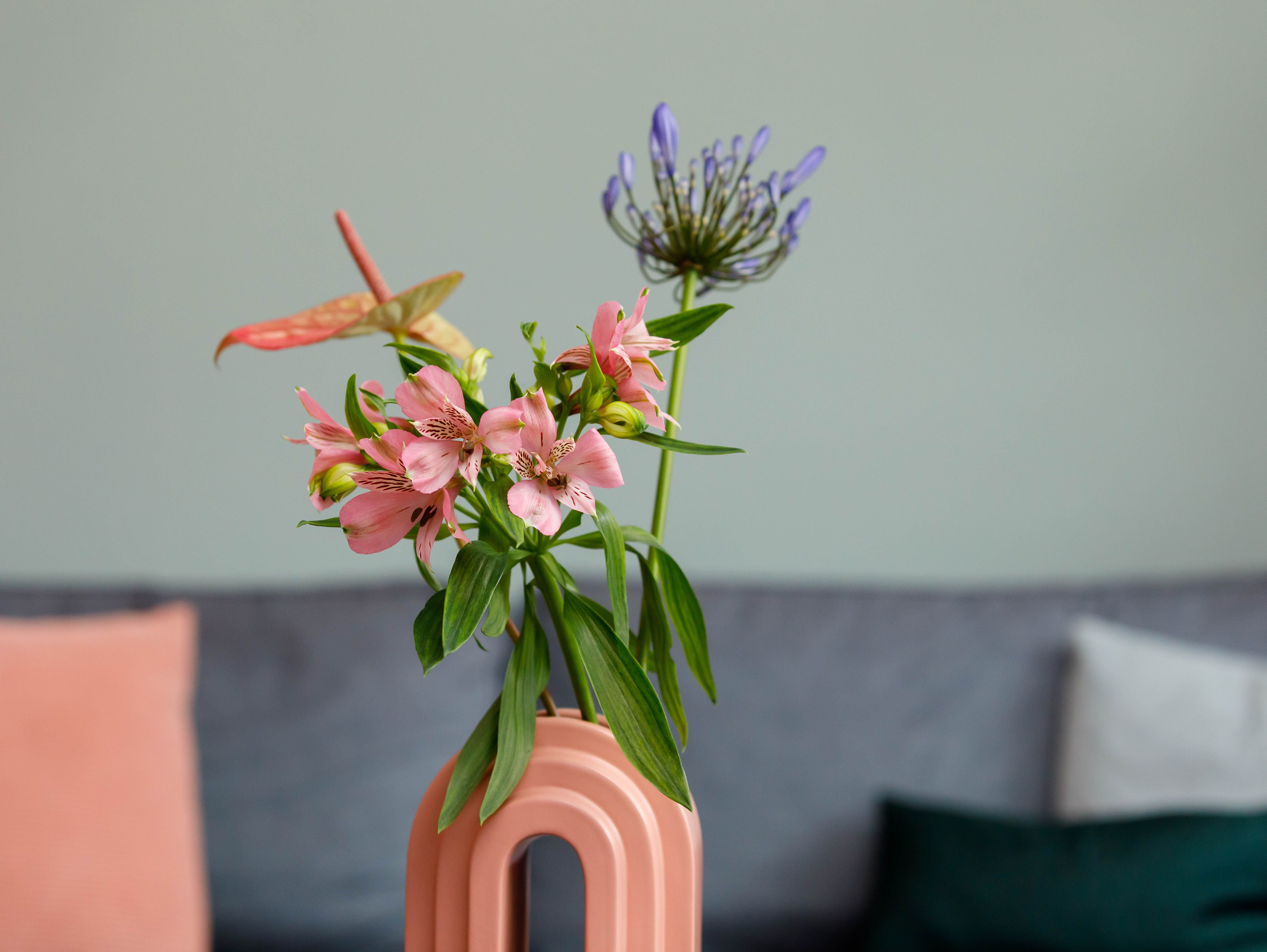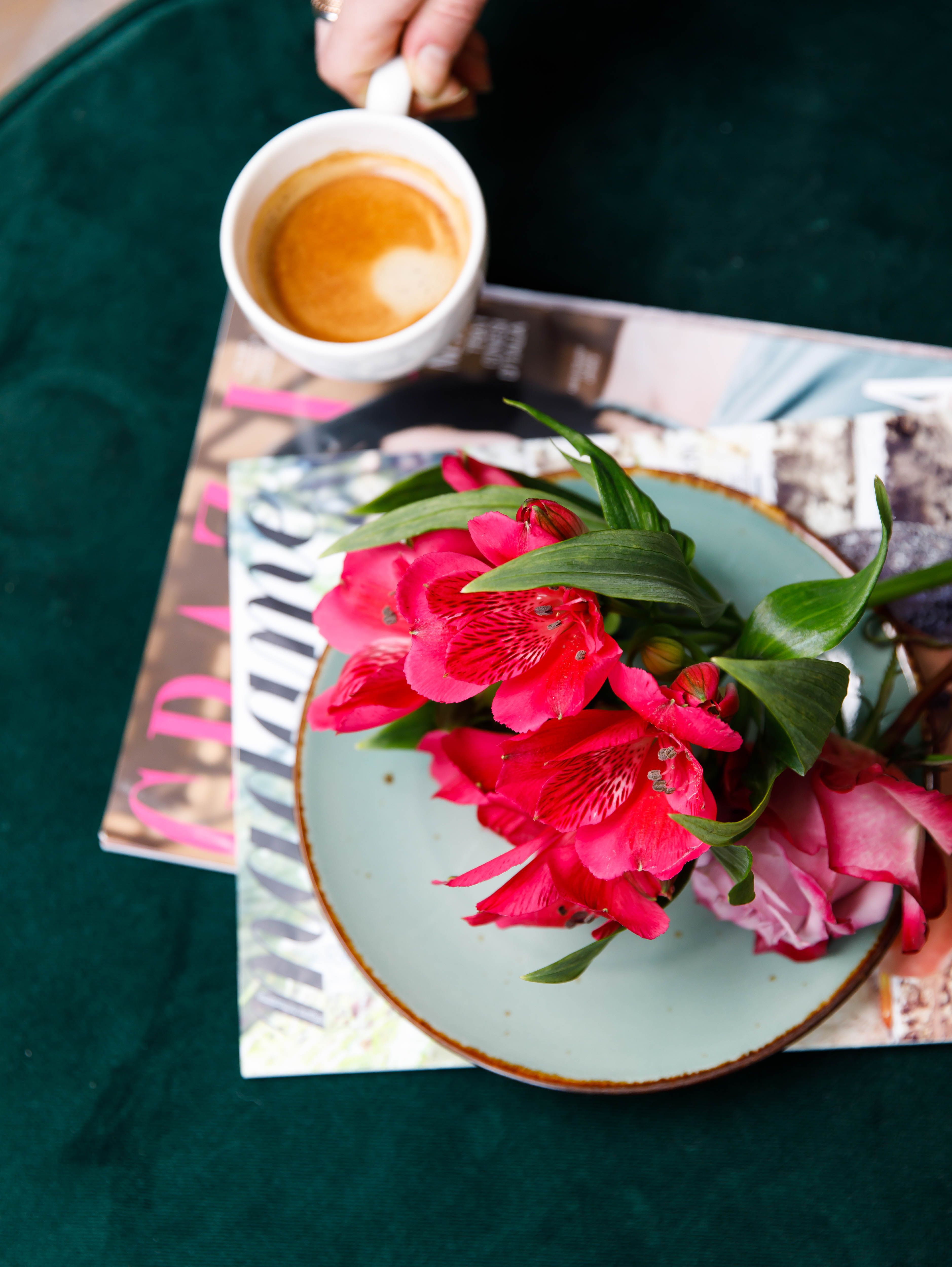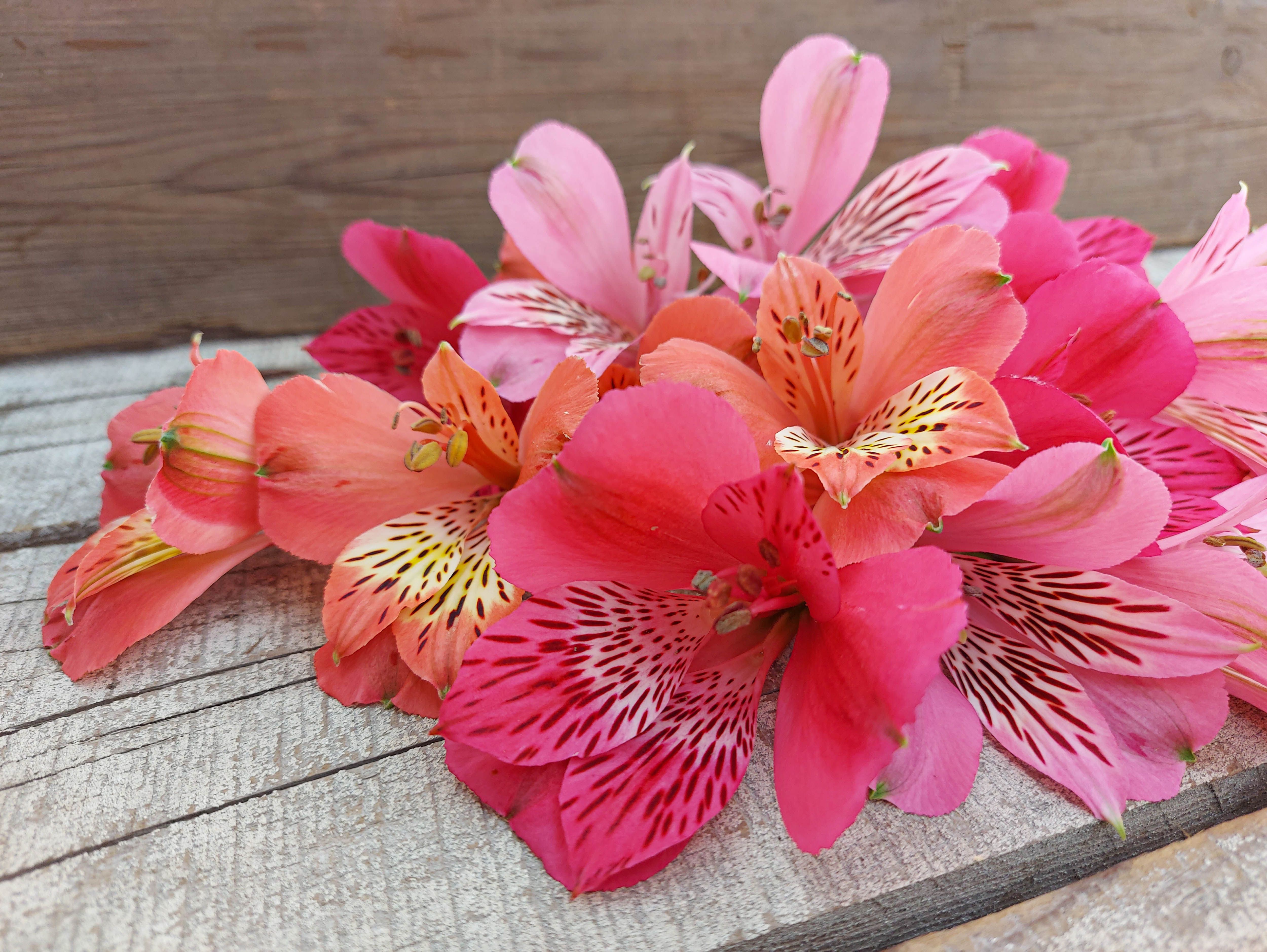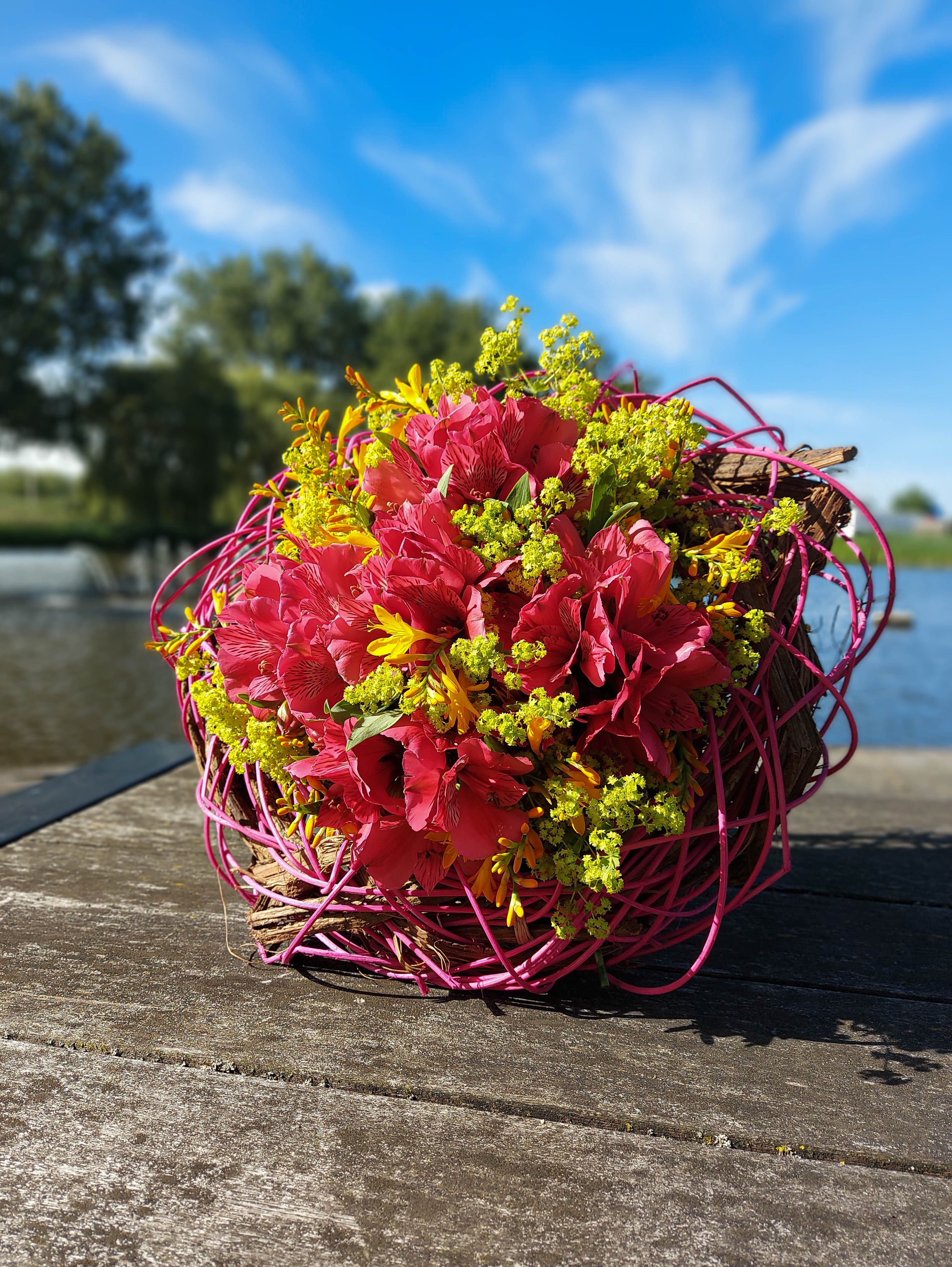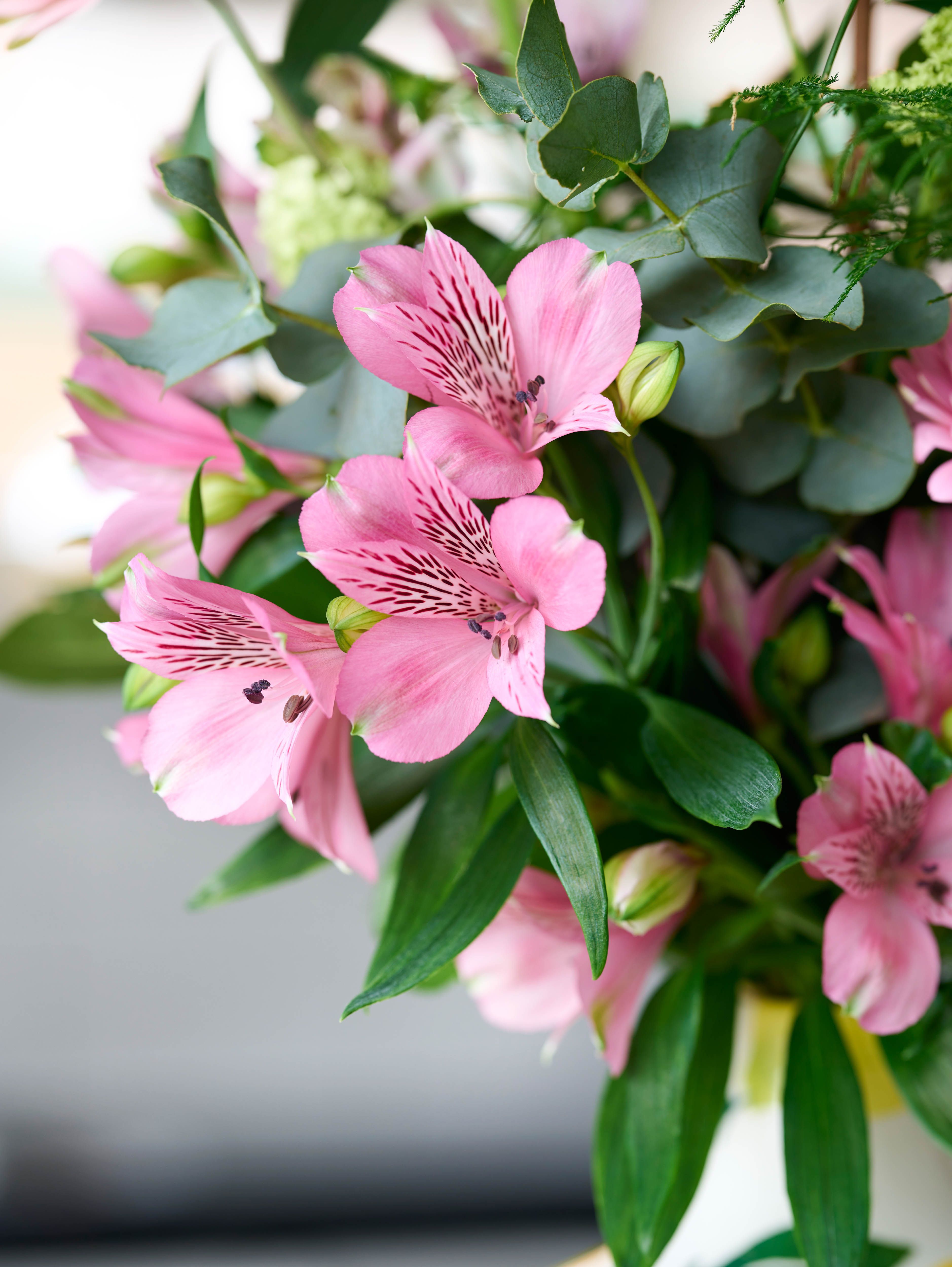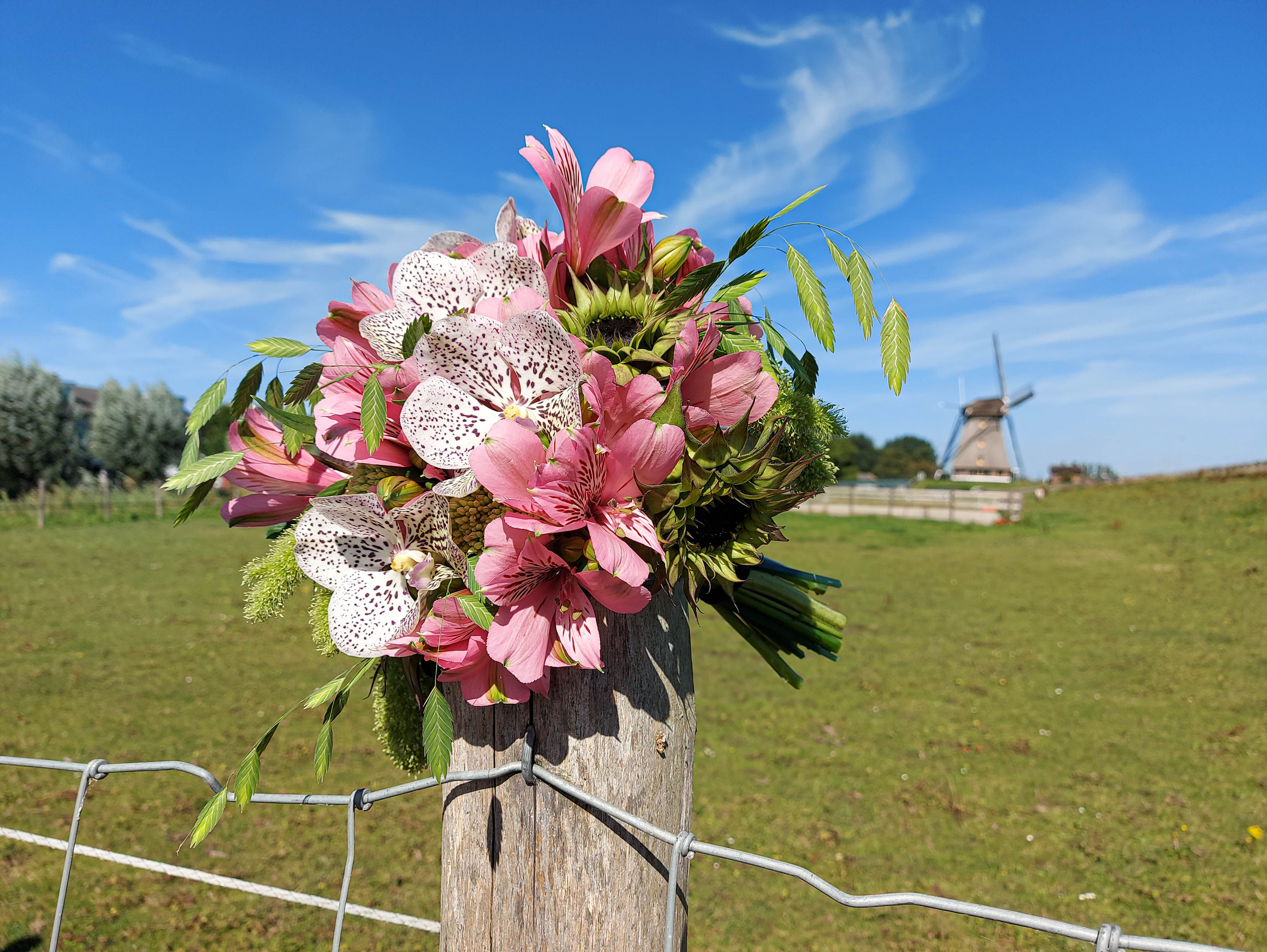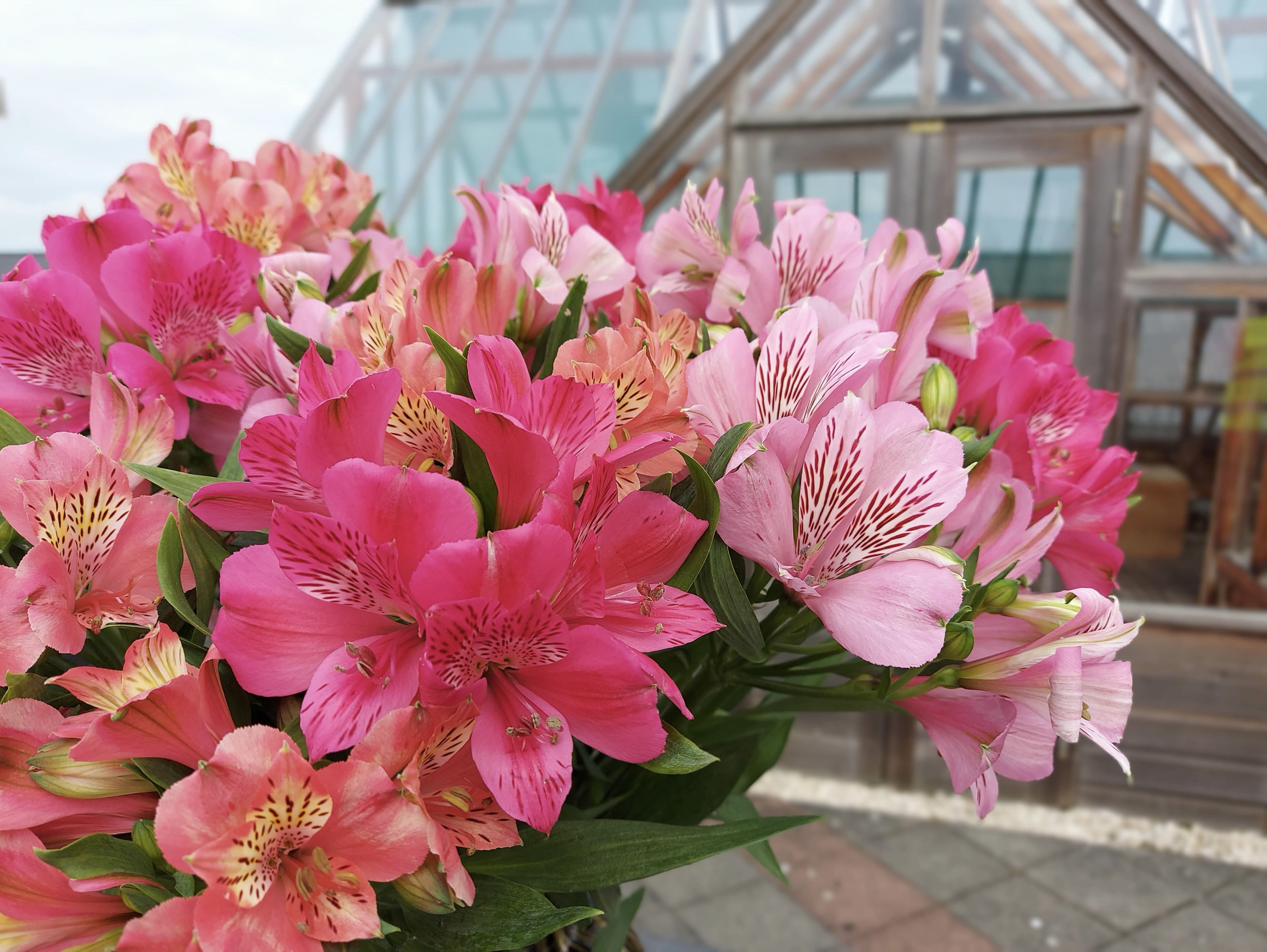Tesselaar Alstroemeria
Alstroemeria
Alstroemeria, also known as the Inca Lily, is an incredibly grateful and popular flower. It originates from the Andes mountains and was discovered by the Swedish researcher Alströmer, from whom it derives its name. The FloraPodium was invited by Tesselaar Alstroemeria to visit their company. We had a delightful tour guided by Karolien Tesselaar, who runs the business together with her husband Rick.
Tesselaar Alstroemeria
The cultivation of flowers has been passed down to Rick from his father. In 1989, Rick's parents settled in Luttelgeest. Since then, the business has grown from 2 hectares to 10 hectares. Tesselaar Alstroemeria is known for its sustainability and versatility. They cultivate Alstroemerias in various colors year-round, with twenty-three different varieties in different assortments. This allows them to cater to all segments of the market, including custom orders, wholesalers, florists, and retailers.
Alstroemeria
The Alstroemeria is an incredibly resilient and long-lasting flower. It can be used in a versatile manner. They are beautiful in bouquets or bridal arrangements, but even as a mono bunch in a vase, they are true eye-catchers. Alstroemerias gradually open up day by day, with each individual bloom being a beauty in itself. The longer you admire them, the more beautiful they become.
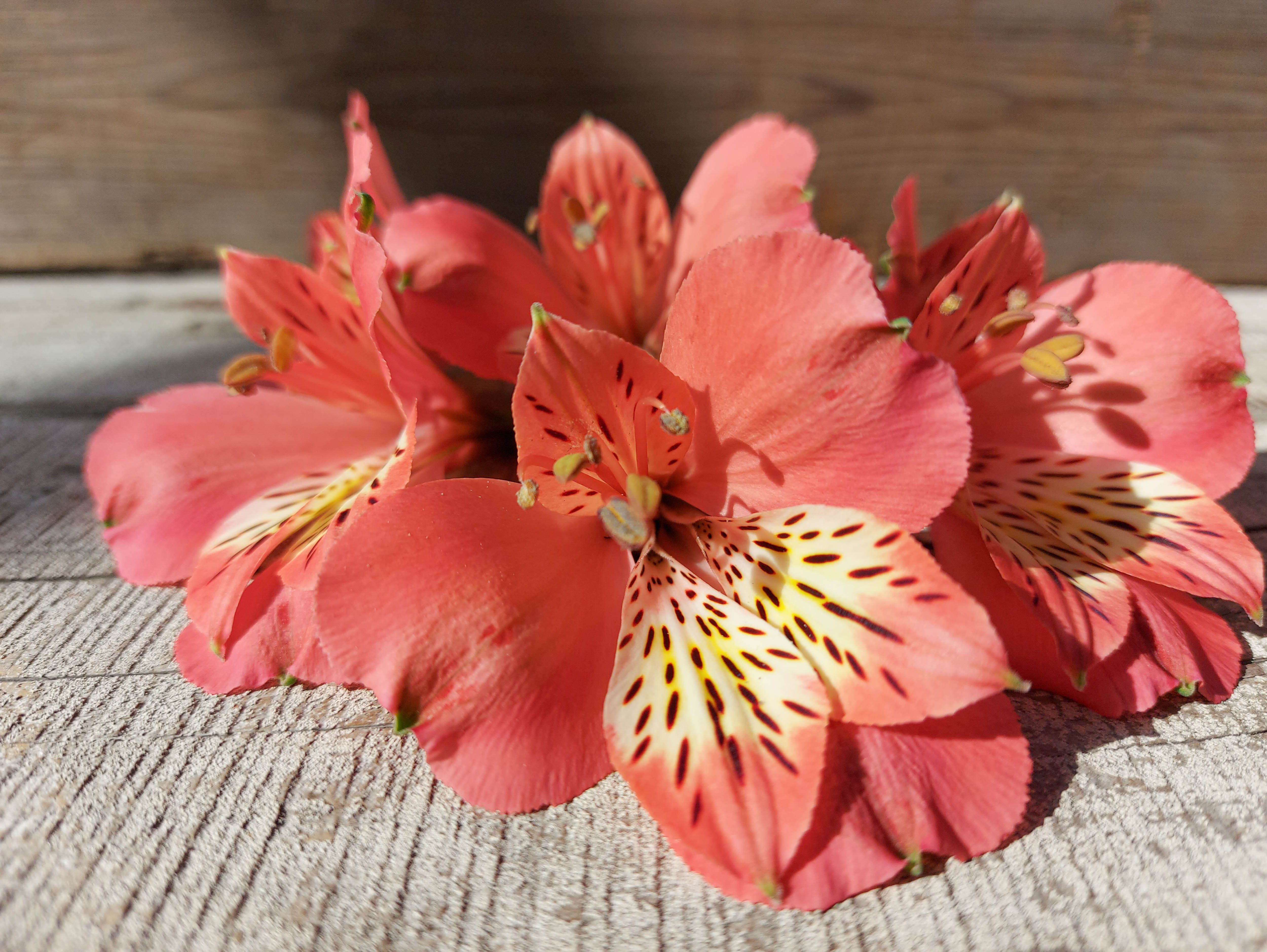
Estee
Alstroemeria Estee has a stunning salmon-colored flower with a sweet yellow heart. It is robust, long-lasting, and fits perfectly in bridal arrangements or romantic bouquets.
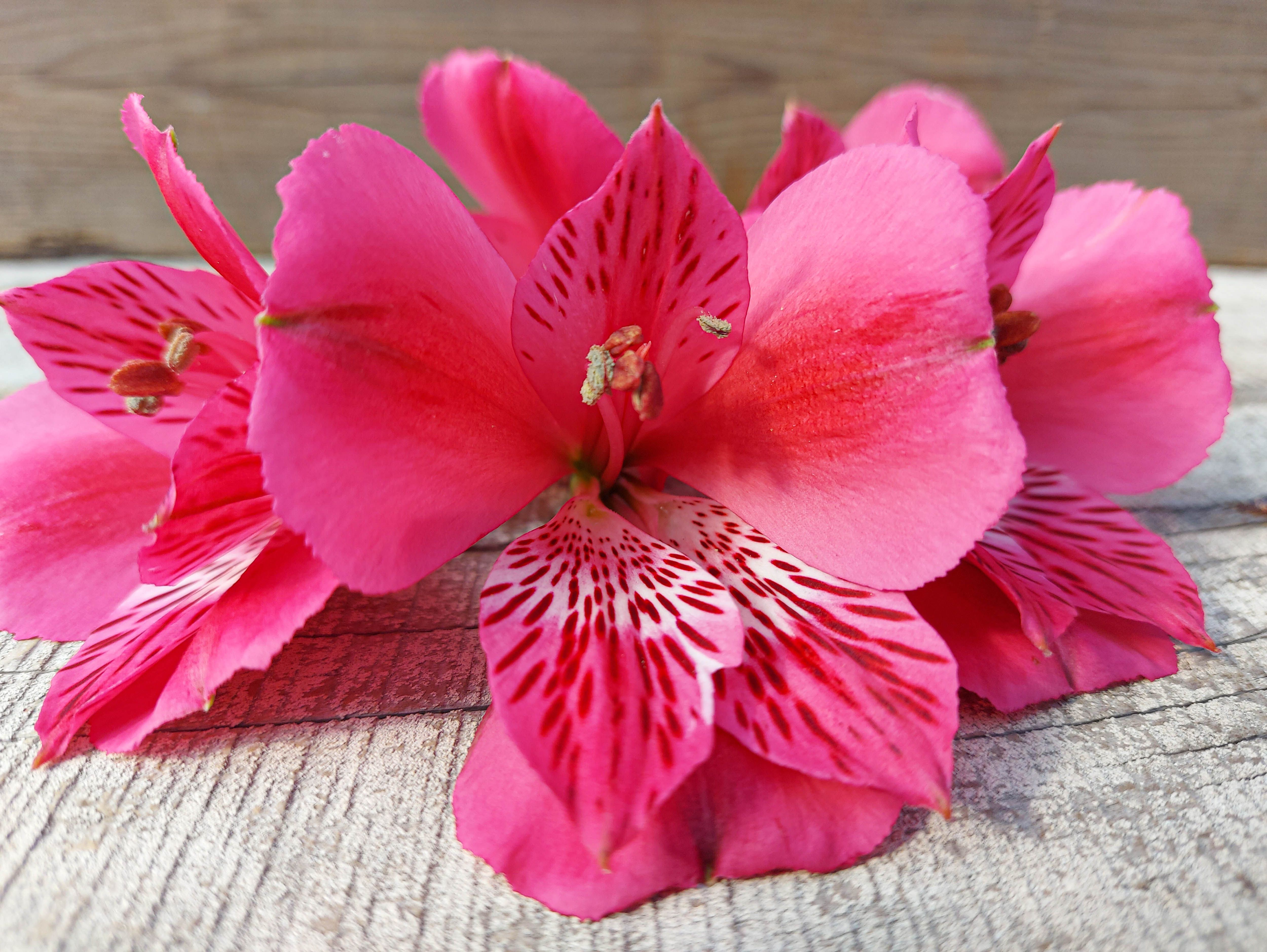
Rome
Alstroemeria Rome has a compact cluster of flowers. Its slightly rounded shape makes it ideal for use in modern floral arrangements or Biedermeier bouquets. The color is exceptionally unique, difficult to describe, but intensively vibrant, and has a "wow" effect on everyone.
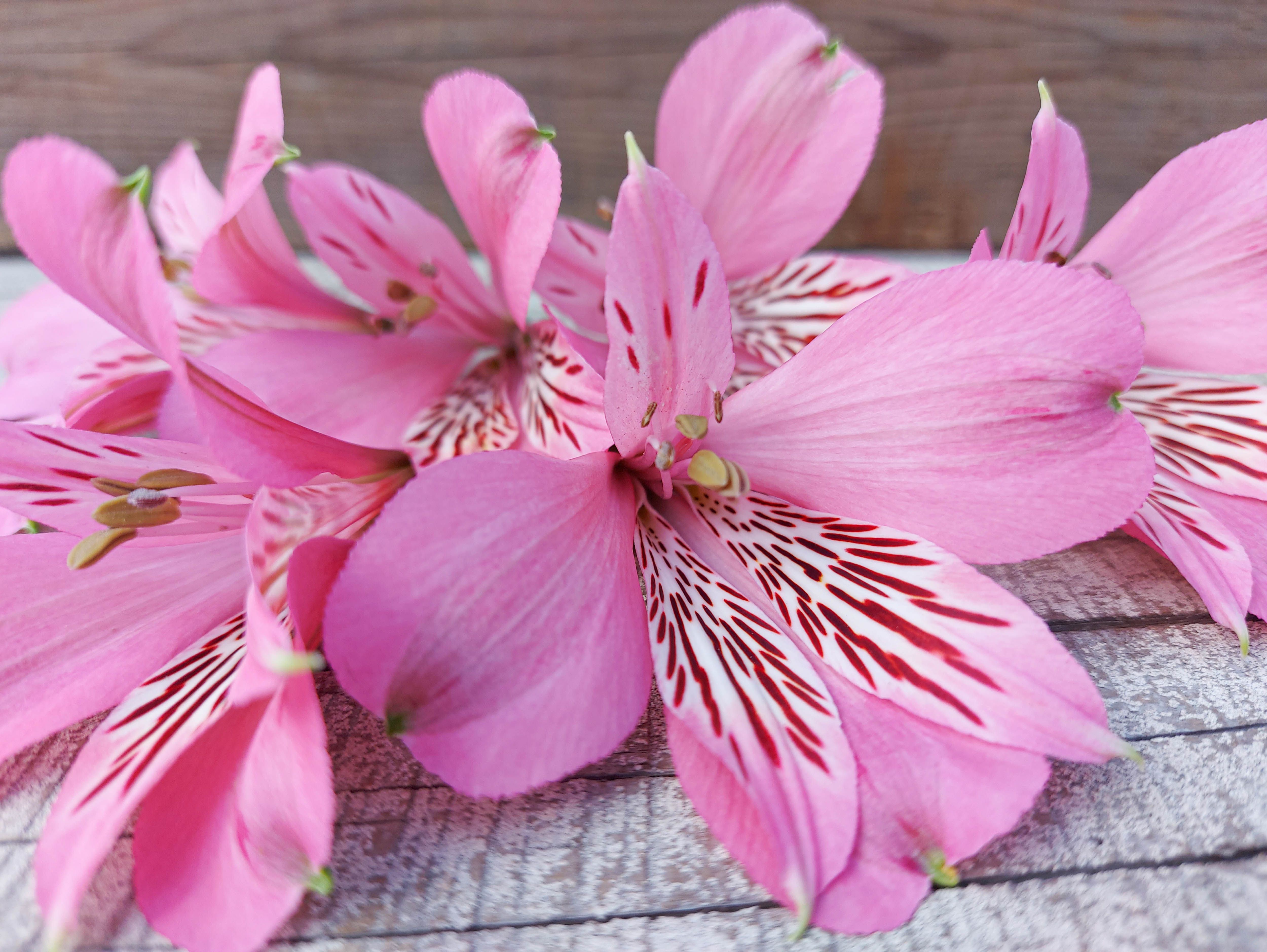
Elegance
Alstroemeria Elegance is a flower with a surprising characteristic. When in bud, it appears to be a white flower with a red edge, but as it opens up, it reveals a beautiful pink color with a strikingly intense heart. It is an eye-catching addition to any bouquet, and as a mono bunch in a vase, it is truly fantastic. One stem alone is like a bouquet in itself.
Cultivation
Alstroemeria plants arrive as small seedlings from the breeder to the nursery. Approximately seven weeks after planting, the first stems can be harvested. Alstroemeria is a perennial plant and can live for many years. However, Rick and Karolien choose to replant after seven years. After about three years, the thickness of the stem and the number of branches per square meter stabilize. Therefore, a new crop in the early years ensures top-quality output.
Alstroemerias grow from rhizomes, also known as underground stems. These roots grow horizontally below the ground. From these underground roots, new shoots emerge vertically. Not only do flower-bearing stems emerge from the ground, but also stems without buds. Some of these buds-less stems are removed to allow more light into the crop. However, it is essential not to remove too many, as it can stress the plant and inhibit new flower growth.
Sustainability
Alstroemeria is naturally a sustainable crop to cultivate. It requires approximately 16 hours of light per day and a temperature of 18 degrees Celsius. Rick and Karolien are highly progressive when it comes to sustainability. They cultivate almost entirely organically (95%), and Karolien is actively involved in various projects in the greenhouse industry to continuously improve environmentally-friendly cultivation practices. The sleeves used for packaging are made from recycled plastic. Tesselaar Alstroemeria is MPS GAP, MPS A, and SQ certified. Additionally, for the past six years, they have calculated their environmental footprint. Moreover, Alstroemeria Tesselaar has a strong social commitment. They employ many permanent workers, and providing good working conditions and assistance with housing and social circumstances are crucial to them.
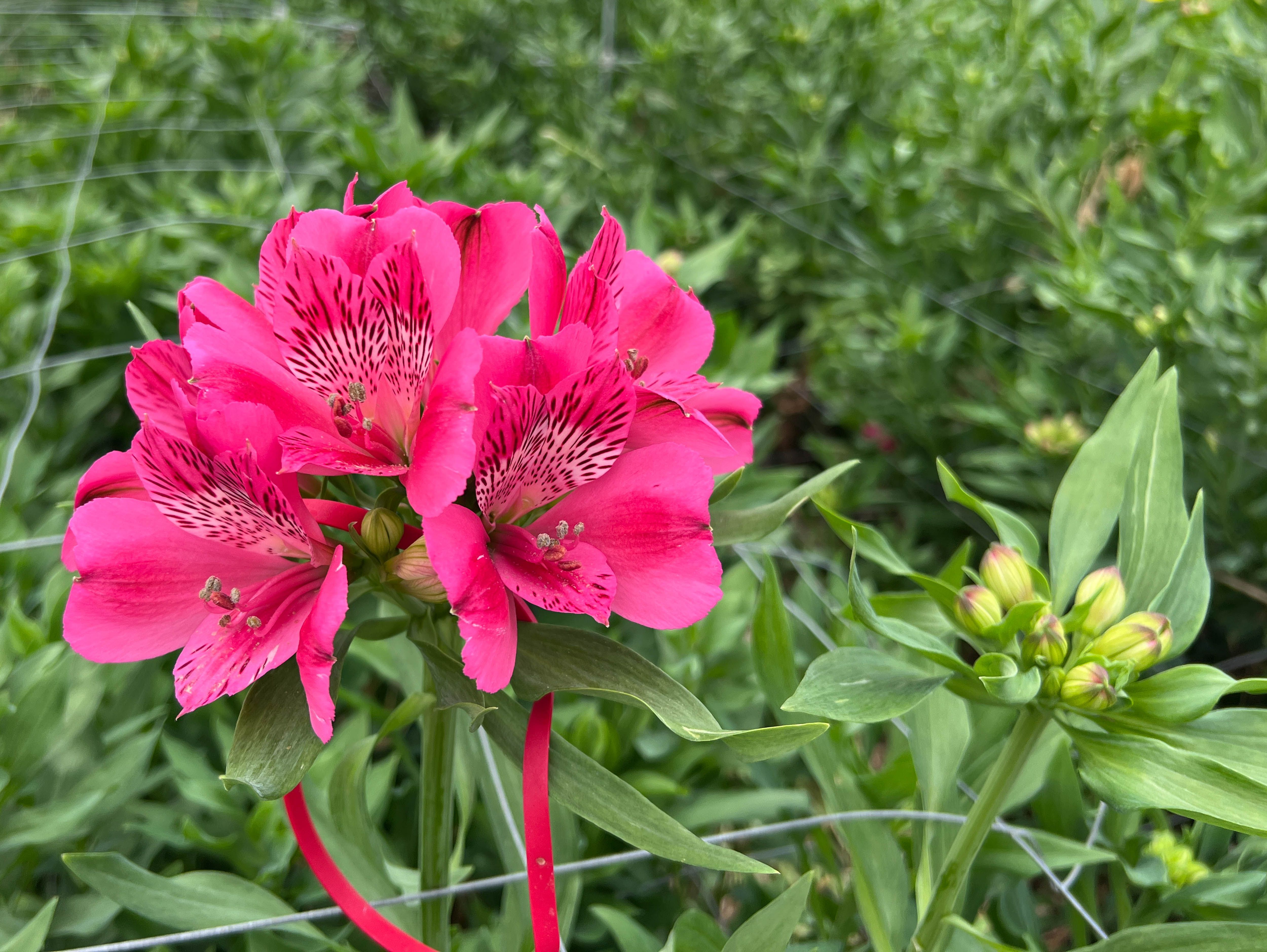

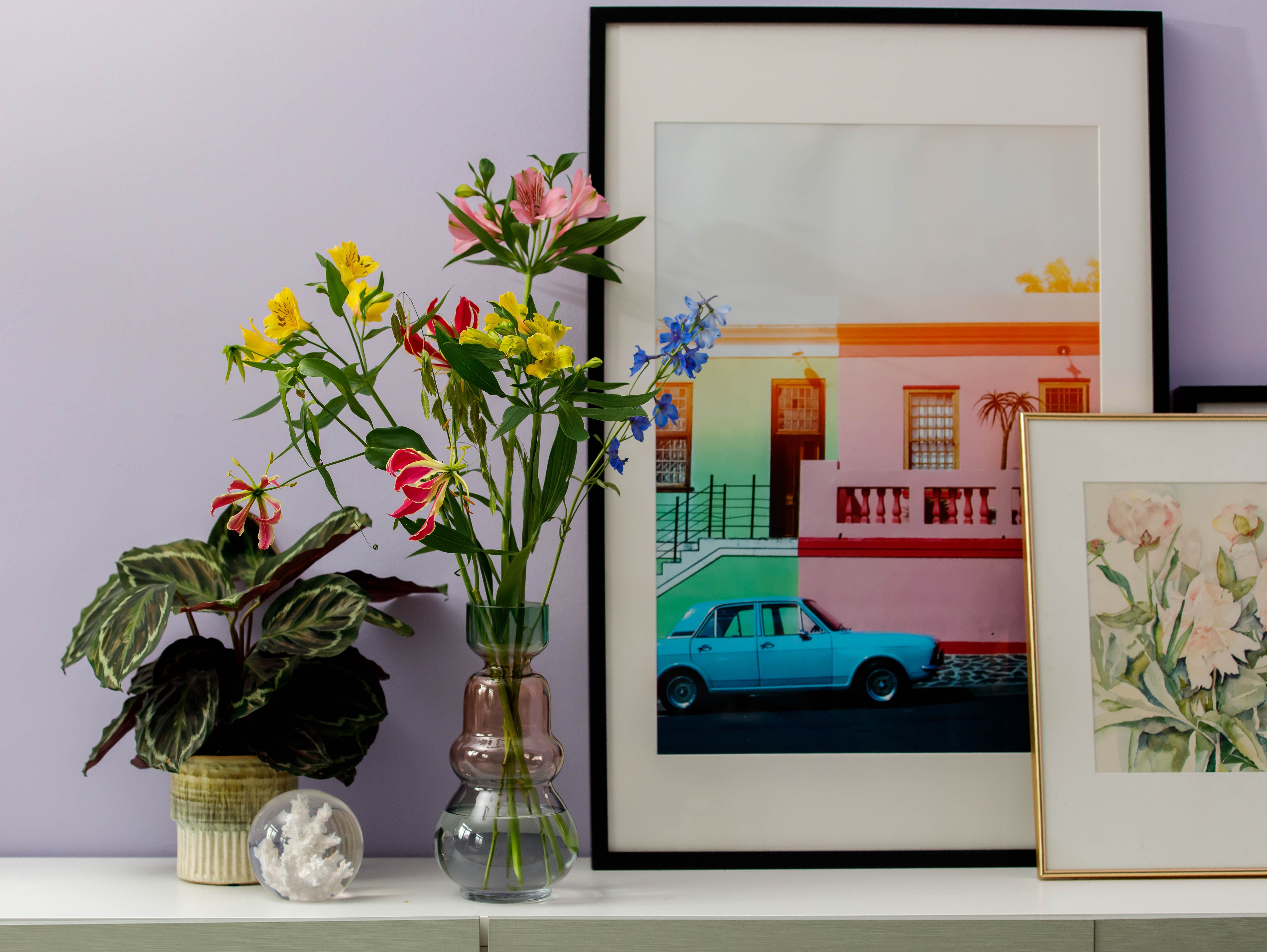
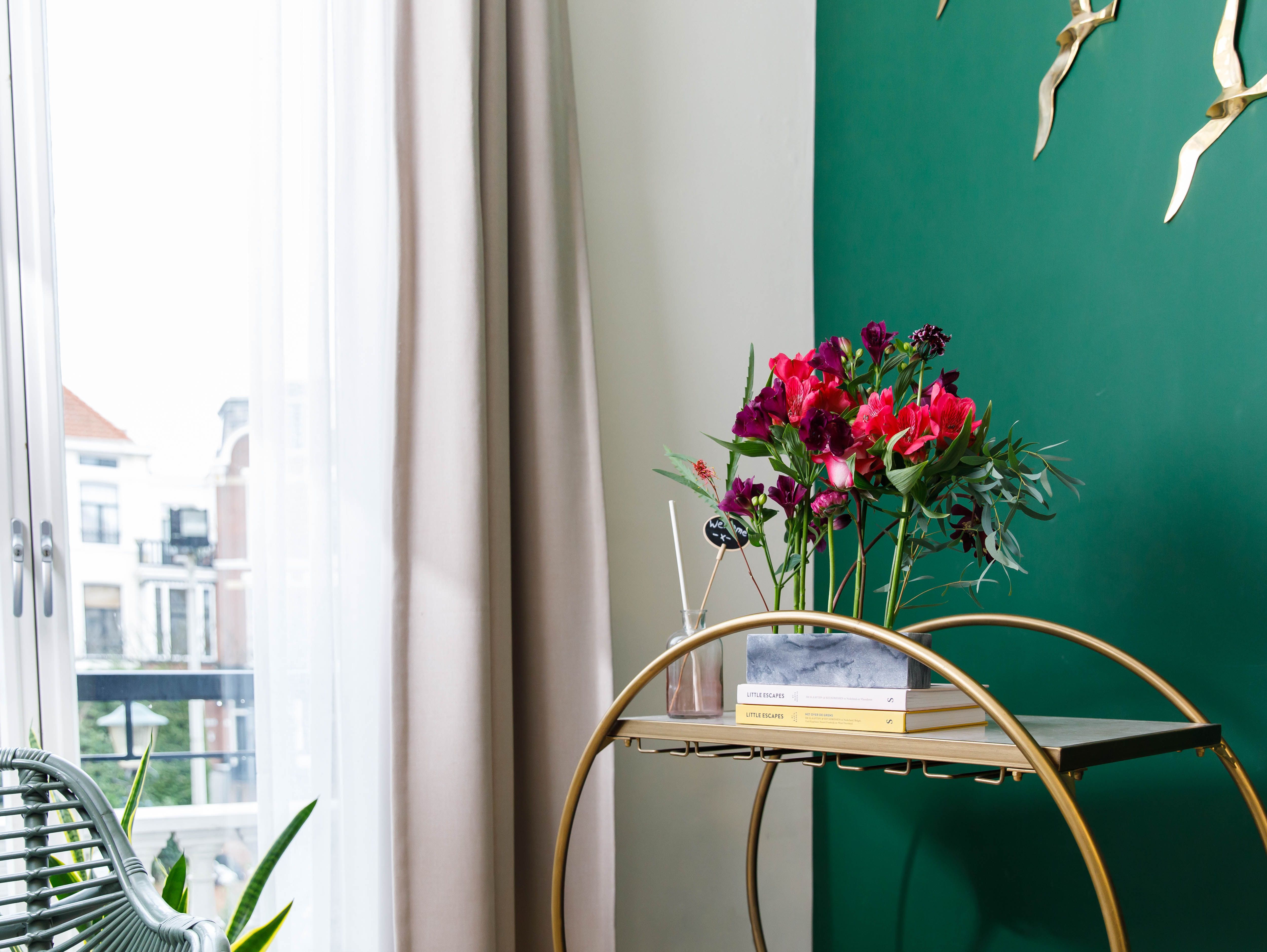
Future
Karolien shares that they are currently busy developing their own quality labels. Although they work with multiple assortments, it is not always well-known in the trade. They aim to establish these quality assortments more prominently in the market. Additionally, they have plans to build a new greenhouse where they will cultivate 2 hectares entirely organically. "In essence, we are no different from other Alstroemeria growers, but sustainability is our guiding principle. We strive for continuous improvement without compromising on quality. Fully organic cultivation is our long-term goal."
FloraPodium, 24 August 2023






